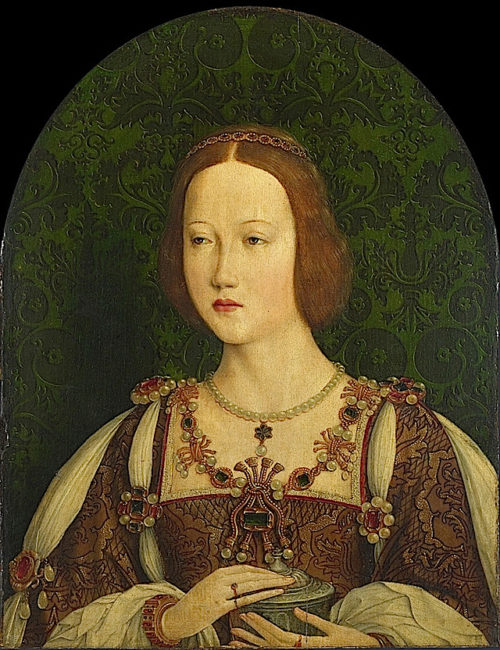
Queen Mary I of England also known as “Mary Tudor”, Was born February 18, 1516, the daughter of King Henry VIII and his first of six wives, The Spanish Princess Catherine of Aragon. Queen Mary I was the only child from that union to survive infancy. She reigned as Queen of England from July 19, 1553, until her death on November 17, 1558.
She was the first-ever Queen of England to rule in her own right, but to her critics, Mary I of England has long been known only as “Bloody Mary.”
She restored to the Church some of the property taken from it in the previous two reigns. She was not able to legislate to force those who, at that time, held property which had been plundered from the Catholic Church and the monasteries. During her five-year reign, Queen Mary I had over 280 religious dissenters burned at the stake in the Marian persecutions, It is a statistic that seems very brutal. But her own father, Henry VIII, killed 81 people for heterodoxy. And her step-sister, Elizabeth I, also executed scores of people for their belief. That’s Why Queen Mary I denunciation as “Bloody Mary” by her Protestant opponents.
After Queen Mary I death in 1558, her re-establishment of Roman Catholicism was reversed by her younger step-sister and successor, Elizabeth I.
Birth, Education, And Family
Queen Mary I was born in “England” at the Palace of Placentia in Greenwich England. Her father Henry VIII was King of England, And her mother Catherine of Aragon had many miscarriages after that Queen Mary I was born. She was the only child to survive infancy of king Henry VIII and his first wife. Queen Mary I of England was baptized into the Catholic belief at the Church of the attentive Friars in Greenwich England.
After that father sends her to the french country to get an education. She studied French, Spanish, music, dance, and probably Greek. when queen mary I was so precocious child she got a writer and read Latin words. A great part of her early education came from her mother, who consulted the Spanish humanist Juan Luis Vives for advice and commissioned him to write De Institutione Feminae Christianae, a dissertation on the education of girls
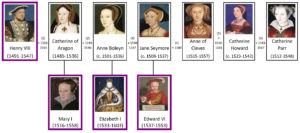
Queen Mary I had been step-brother Edward VI (son of Henry and Jane Seymour) succeeded their father in 1547 at the age of nine. She has been lost many brothers and sisters in her past. Queen Mary I supposed that all kingdom has been reforms that had begun during his reign. On his death “lady jane Dudley” she was the only queen who became nine days queen of England and Ireland, She has still led to be a queen of the short term period” 10 July” until ” 19 July 1553″.
The first queen regnant of England. In 1554, Mary married Philip of Spain, becoming queen consort of ” Habsburg Spain on his accession in 1556″. her step-brother which birth On 6 July 1553, at the age of 15, Edward VI died from a lung infection, possibly tuberculosis.
Queen Mary I have been a cousin sister whose name was Frances Brendon She was an English noblewoman, The second child and eldest daughter of King Henry VIII Elizabeth I. she does not accept Mary as a queen of England or Ireland.
Spanish Marriage And False Pregnancy
Queen Mary I Of England at the age of 37 she focused to get married for her kingdom, but her cousin Charles V told her she should get married with his only son (Prince Philip of Spain), Philip had a son from a previous marriage with Maria Manuela, Princess of Portugal and was the heir apparent to vast territories in Continental Europe and the New World. As part of the marriage negotiations, a portrait of Philip, by Titian, was sent to her in the latter half of 1553.
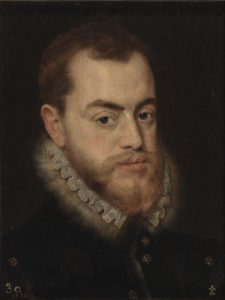
she decided to marry Philip but she called Parliament to discuss marriage, and if Parliament decided that the marriage was not to the advantage of the kingdom, she would refrain from pursuing it. Under the terms of Queen Mary’s Marriage Act, Philip was to be styled “King of England”
Queen Mary said England would not be obliged to provide military support to Philip’s father in any war and Philip could not act without his wife’s consent or appoint foreigners to office in England. Philip was unhappy at the conditions imposed by Queen Mary.
Emperor Charles V hand over to Philip the crown of Naples as well as his claim to the Kingdom of Jerusalem to elevate his son’s position. Therefore, Mary became Queen of Naples and titular Queen of Jerusalem upon marriage. Their wedding at Winchester Cathedral on 25 July 1554 took place just two days after their first meeting. Philip could not speak English, and so they spoke in a mixture of Spanish, French, and Latin
In September 1554, Mary stopped menstruating. She gained weight and felt nauseated in the mornings. For those reasons almost the entirety of her court, including her doctors, believed that she is pregnant. Parliament passed an act making Philip regent in the event of Mary’s death in childbirth. Philip may have planned to marry Elizabeth in the event of Mary’s death in childbirth, but in a letter to his brother-in-law, Maximilian of Austria, Philip expressed uncertainty as to whether his wife was pregnant. after some time at the palace held at the end of April after false rumors that Mary had given birth to a son spread across Europe.
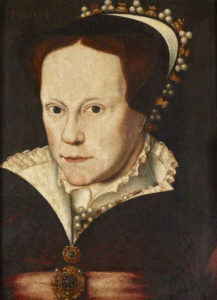
Through May and June, the apparent delay in delivery fed gossip that Mary was not pregnant. Mary continued to exhibit signs of pregnancy until July 1555, when her abdomen receded. Michieli dismissively ridiculed the pregnancy as more likely to “end in wind rather than anything else”. It was most likely a false pregnancy, perhaps induced by Mary’s overwhelming desire to have a child, Mary considered to be “God’s punishment” for her having “tolerated heretics”. Mary’s heart was broken and fell into a deep depression. In the absence of any children.
Philip persuaded his wife that Elizabeth should marry his cousin Emmanuel Philibert, To secure the Catholic succession and preserve the Habsburg interest in England, but Elizabeth refused to comply and parliamentary consent was unlikely.
About Her Death And How She Become Bloody Mary
Queen Mary was totally in depression because she did not give a child to her kingdom. Mary was a childless and Mary thought she was pregnant again grief-stricken by 1558, no child was born, and Mary was forced to accept that she was not a good queen for England.
Elizabeth would be her lawful successor. Mary was weak and ill from May 1558. In pain, possibly from ovarian cysts or uterine cancer, she died on 17 November 1558, aged 42, at St James’s Palace, was interred at Westminster abbey. Her step-sister Elizabeth. Philip, who was in Brussels, wrote to his sister Joan: “I felt a reasonable regret for her death.”
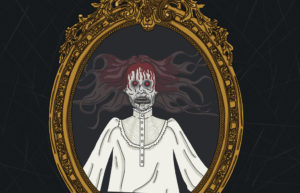
Mary’s will stated that she wished to be buried next to her mother. She was interred in Westminster Abbey on 14 December, in a tomb she would eventually share with Elizabeth. The public response to Mary’s marriage was extremely unpopular, but she pressed on repealing many of Henry VIII’s religious edicts and replacing them with her own, which included a strict heresy law. The enforcement of this law resulted in the burning of over 300 Protestants as heretics. Mary’s religious persecutions made her extremely unpopular and earned her the nickname “Bloody Mary”.
[…] Cynthia Spencer and Ruth Roche had served under Elizabeth Angela Marguerite Bowes-Lyon (Queen Elizabeth The Queen Mother). Young Diana grows up with the best things that money could buy, but we all know that money […]
[…] children who, as determined by his will, came to the English throne in succession: Edward VI. , Maria I. and Elisabeth […]